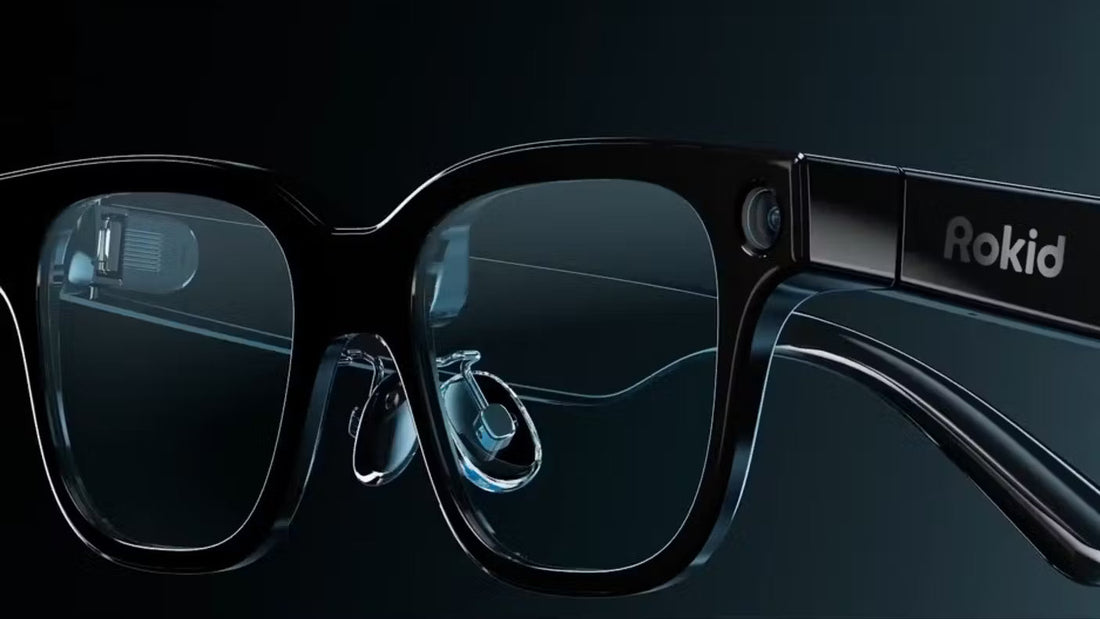Smarter Than the Average Smart Glasses

Rokid's new smart glasses offer both AI and AR capabilities in a compact design with long battery life and a reasonable price.

With a smartphone already in virtually every pocket these days, mobile device developers are looking for the next frontier in portable computing. Earbuds are a strong contender, especially since Apple introduced their AirPods. But you can only do just so much with an earable. Smart glasses are a much more promising platform, as they can interact with both the eyes and the ears. However, these devices are still more experimental, which is limiting their penetration in the market.
Broadly speaking, smart glasses have taken two primary forms — those that focus on integrating artificial intelligence (AI) into the wearer’s daily life, and those that overlay an augmented reality (AR) display on the real world. The former style tends to be more compact, but they are limited to audio interactions. AR smart glasses, on the other hand, can project digital information onto the real world, offering a more immersive experience but often at the cost of being bulkier or having more limited battery life.

A Kickstarter recently launched by Rokid is heating up fast because they promise to offer the best of both worlds in one compact device. Their Rokid Glasses provide both the typical AI and AR functions of smart glasses, along with a reasonable battery life and cost, yet they have only slightly chunky frames. If the device works as well as advertised, it could be one of the first pairs of smart glasses that people actually want to use in their daily lives.
The 49 gram aluminum-magnesium alloy frames hide a Snapdragon AR1 chip that was custom-designed for capturing images and videos and running local AI algorithms on smart glasses platforms and an NXP RT600 low-power microcontroller for voice recognition applications. A forward-facing camera can capture 12MP photos and 1680p video. A high-resolution, binocular green display superimposes information on top of the wearer’s field of vision, and a pair of speakers are positioned over the ears.
The 210mAh battery does not have an exceptionally high capacity, but the low-power components used by the Rokid Glasses can stretch it pretty far. That does, of course, depend on how you use the glasses, however. Rokid claims you can get up to 10 hours of mixed use, but if you have the display on all the time, or are continuously recording video, battery life could drop to as little as 45 minutes. If you happen to be a power user, the good news is that there is a quick charge capability that recovers an 80% charge in 20 minutes.

So what exactly can you do with Rokid Glasses? They offer a lot of possibilities, including two-way, real-time language translation, AR navigation, and ChatGPT integration. Given the mix of technologies available on the platform, the list of capabilities should grow over time.
At the time of writing, the glasses are available for a pledge of just under $500. The Rokid team expects to start shipping the devices in November, but keep in mind that Kickstarter campaign timelines can slip (or they may not deliver at all), so caveat emptor.
